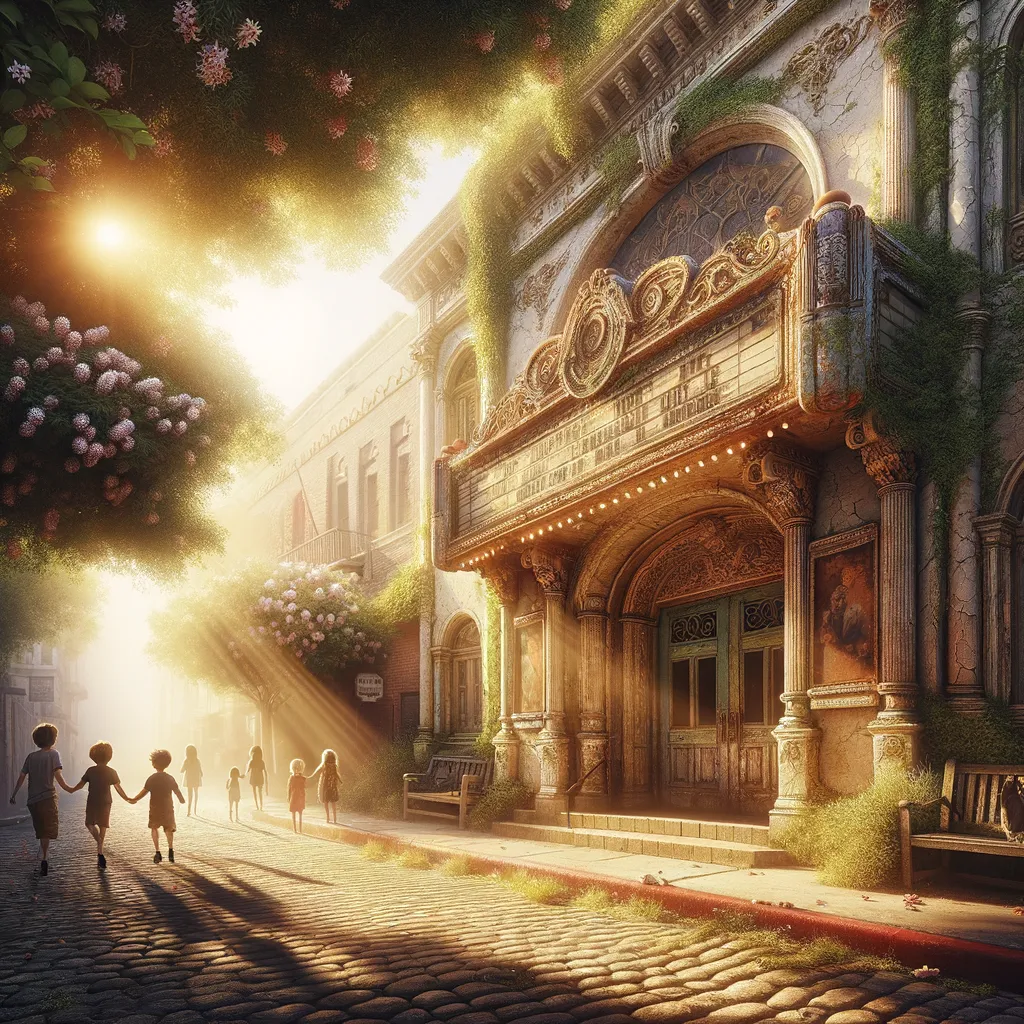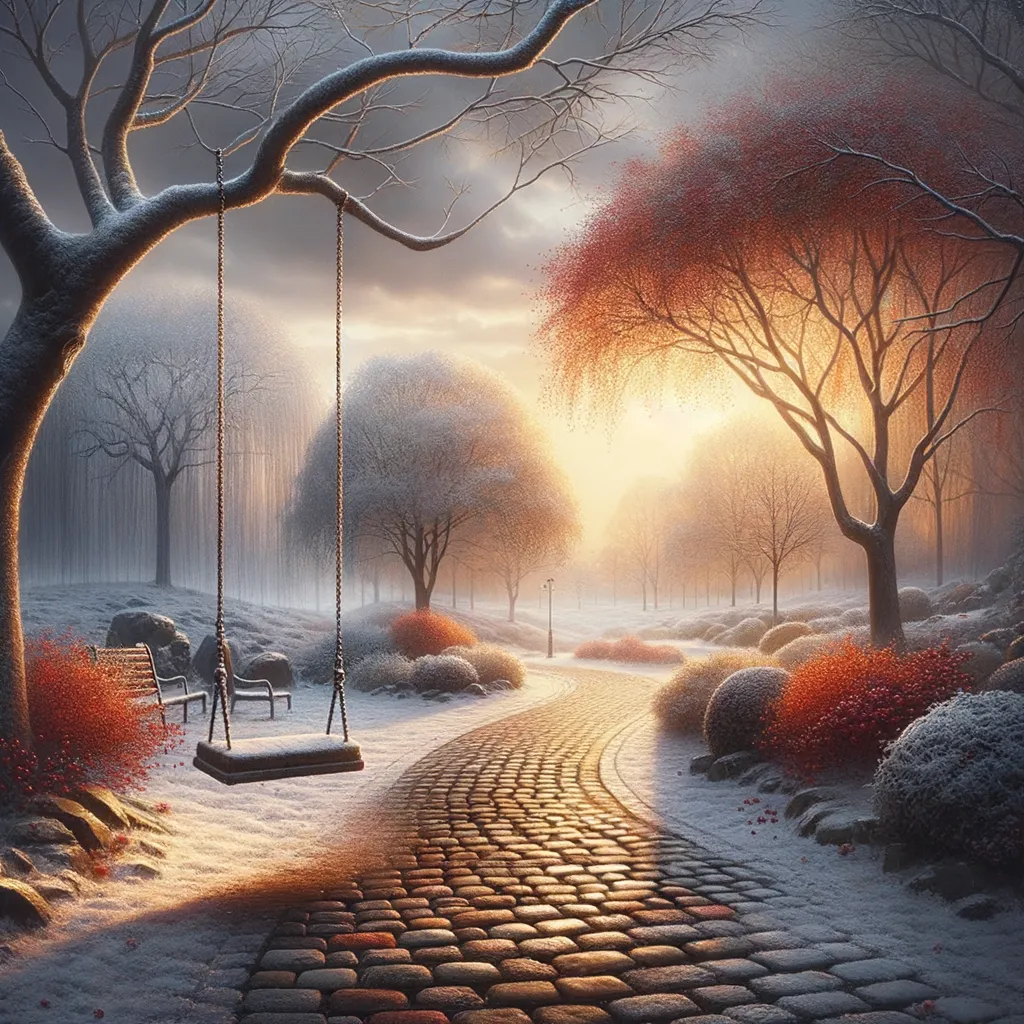Unearthing Hidden Tales: A Journey Through Time
Wandering through the sunlit streets of my hometown, I felt a magnetic pull toward a forgotten theater, its weathered exterior whispering tales of a vibrant past. The air, thick with the scent of blooming jasmine, seemed to echo the laughter of children and the ghostly applause of dreamers who once filled its halls. As I touched the crumbling walls, a wave of connection surged through me, revealing that this dilapidated building was a treasure trove of collective memory, each crevice holding stories waiting to be unearthed. A spark ignited within me, urging me to resurrect these narratives and transform the theater into a beacon of unity, where the voices of our diverse backgrounds could once again resonate. Yet, as I contemplated the silence surrounding this relic, I realized that within our unspoken stories lies the power to illuminate our path forward, challenging us to embrace the forgotten and weave a richer tapestry of community.
In the memory of July 18, 2002, I found myself wandering through the sun-soaked streets of my hometown, a place steeped in whispers of history and secrets waiting to be unearthed. That day, a curious blend of nostalgia and anticipation wrapped around me like a warm summer breeze, beckoning me to explore the remnants of stories long forgotten. The air was thick with the scent of blooming jasmine, mingling with the faint echo of laughter from children playing nearby. It was in this moment, amidst the ordinary, that I stumbled upon a piece of local history that would forever alter my perspective.
Nestled between a quaint café and an old bookstore, a dilapidated building stood, its weathered façade a canvas of peeling paint and crumbling bricks. Once, it had been a bustling theater, a sanctuary for dreamers and storytellers who gathered to lose themselves in the magic of performance. I could almost hear the ghostly applause and the rustle of programs as I stepped closer, each creak of the floorboards beneath my feet a reminder of the vibrancy that once filled its halls. It was here that local legends were born, where narratives of love, loss, and hope danced across the stage.
As I pressed my palm against the cool, rough surface of the wall, a sense of connection surged through me. This building was more than just bricks and mortar; it was a vessel of collective memory, holding the echoes of those who had once inhabited its space. The stories told within its walls were woven into the very fabric of the community, threads of laughter and tears entwined in a tapestry of shared experience. I marveled at the idea that every crevice held a story, every shadow a memory waiting to be unveiled.
With each passing moment, I felt a growing urgency to amplify these tales, to breathe life back into the forgotten narratives that had shaped my hometown. It struck me that history is not merely a collection of dates and events; it is a living, breathing entity, pulsating with the energy of those who came before us. This theater, though silent now, held within it the power to inspire, to provoke thought, and to spark change. What lessons lay hidden beneath the dust and decay? What wonders could be discovered if only we dared to dig deeper?
I envisioned community gatherings, where the theater would once again echo with laughter, where the stories of our past could guide us toward a brighter future. Imagine local artists reclaiming the stage, sharing their narratives and illuminating the struggles and triumphs of our diverse backgrounds. This place could become a beacon of unity, a reminder that despite our differences, we are all interconnected through the stories we share. The thought ignited a flame of hope within me, a desire to resurrect the spirit of creativity that had once flourished here.
Yet, as I stood there, a pang of sadness gripped my heart. The world often overlooks the value of local history, dismissing it as trivial in the face of grander narratives. The stories of ordinary people can be easily swept aside, but they hold the power to transform communities and nurture understanding. What if the theater’s silence was a metaphor for our own unspoken stories, the voices of many waiting to be heard? I pondered the implications of neglect, of allowing the past to fade into oblivion when it could instead illuminate our path forward.
As the sun dipped lower in the sky, casting a golden hue over the crumbling building, I felt a sense of urgency wash over me. I envisioned myself as a storyteller, a bridge between past and present, determined to unearth the tales that lay dormant beneath the surface. The challenge was immense, but the potential for discovery was equally vast. What treasures lay hidden, waiting for someone to bring them back to life? The thought filled me with both excitement and trepidation, for it is often in the unknown that we find our greatest revelations.
That day, I left the theater with a renewed sense of purpose, my heart echoing with the unspoken stories that had long been silenced. I realized that local history is not merely a record of the past; it is an invitation to reflect, to engage, and to connect with one another on a deeper level. As I walked home, I could not shake the feeling that we are all custodians of our collective memory, tasked with the responsibility to honor and amplify the voices of those who came before us.
In the end, the theater stood as a powerful reminder of the potential that lies within every community, waiting to be discovered and celebrated. What if we embraced the stories that have shaped us, allowing them to guide us toward a more inclusive and empathetic future? As I pondered this, I couldn’t help but wonder: how might our lives change if we chose to amplify the forgotten narratives that connect us all?
In the echoes of forgotten walls lies the pulse of a community, waiting for the brave to unearth its stories and weave them into the fabric of tomorrow.



